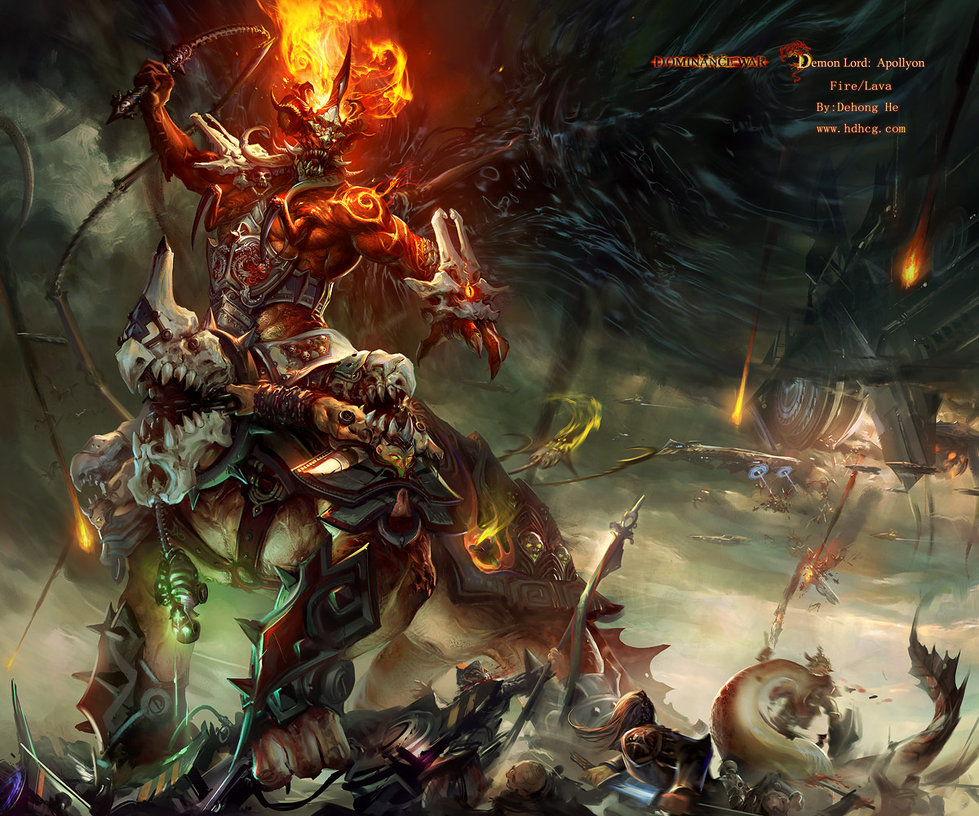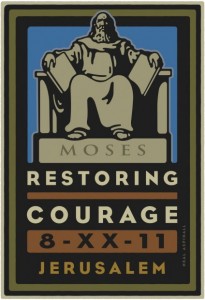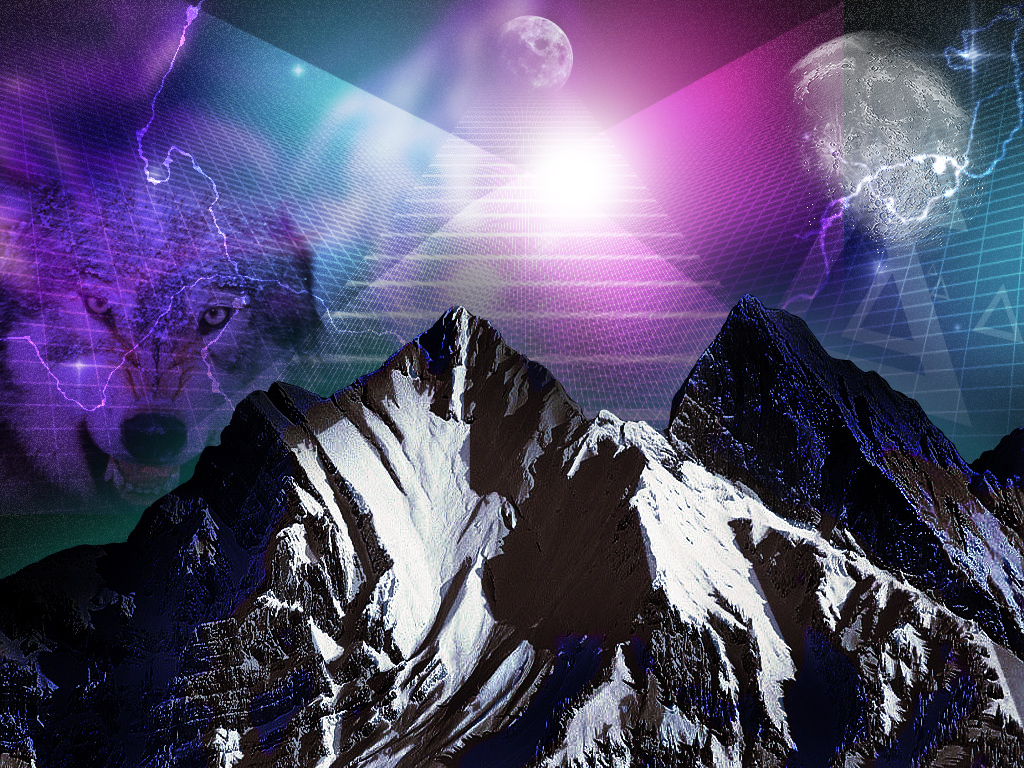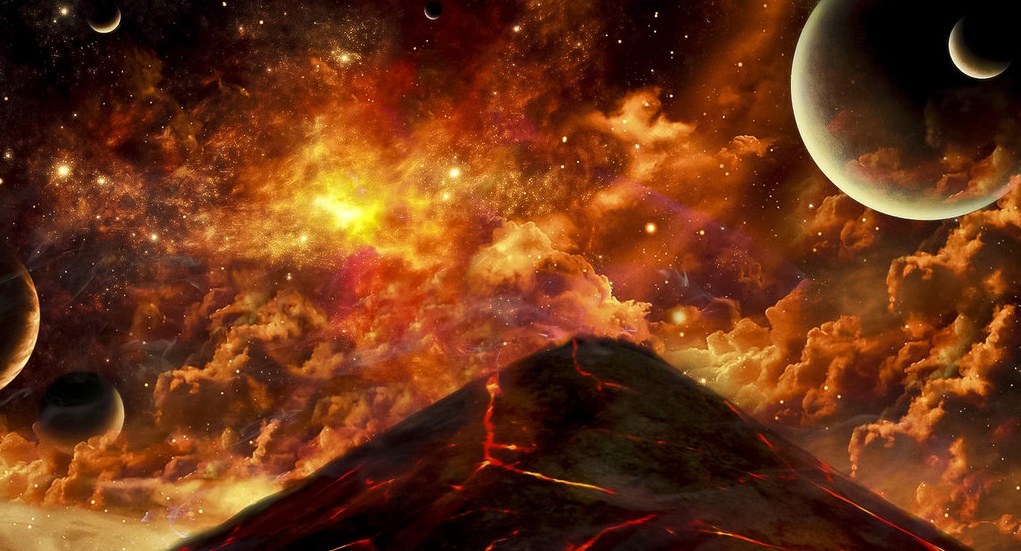THE DIVINE USURPER
There is an interesting parallel involved with the term Armageddon in that the phrase “in Hebrew” only appears in one other instance within the book of Revelation. According to Alan Johnson, “it is better to understand the term [Armageddon] symbolically in the same manner as ‘in Hebrew’ in Rev 9:11 alerts us to the symbolic significance of the name of the angel of the Abyss”[1] This is the angel of the bottomless pit namely Abbadon in Hebrew or Apollyon in Greek. Thomas Horn reveals:
Abaddon is another name for Apollo (Rev. 9:11), identified historically as the king of demonic “locusts” (Revelation 9:1-11). This means among other things that Apollo is the end-times angel or “King of the Abyss” that opens the bottomless pit, out of which an army of transgenic locusts erupts upon earth. [1a]
According to Kline, the technique of juxtaposing a Greek and Hebrew term is called Hebraisti and was favored by John. It is also used four times in his Gospel, three of which are also place names (Jn. 5:2; 19:13, 17). Because the book of Revelation is full of symbols, word plays, juxtapositions and parallels, it is not too fanciful to postulate that the Holy Spirit was making a prophetic statement between these two Hebraisti.
The “Antipodal to the Abyss” argument offered by Kline further supports the “mount of Assembly” hypothesis.[2] This line of reasoning derives from the fact that both accounts juxtapose polar opposites in the cosmic scheme of things: the Mountain of God on one end and the pit of hell on the other. For example the Isaiah passage contrasts the ambition “I will ascend to heaven; above the stars of God…” (v.13) against “But you are brought down to Sheol, to the far reaches of the pit” (v.15). Similarly, we find in the book of Revelation’s two Hebraisti: the divine mountain and the bottomless pit. This is a compelling correlation between the two accounts. Kline argues,
In short, then, we find that in Isaiah 14 and the book of Revelation there are matching antonymic pairings of har môcëd and har magedön with the pit of Hades. Within the framework of this parallelism the har môcëd of Isa 14:13 is the equivalent of the har magedön of Rev 16:16 and as such is to be understood as its proper derivation and explanation. Accordingly, har magedön signifies “Mount of Assembly/Gathering” and is a designation for the supernal realm. (Kline, 1996, 208)
The evidence is compelling that the term Armageddon speaks well past the gathering of earthly armies for war and to a deeper supernatural battle for the cosmic mountain of God.
The context of the assembling the armies by demonic spirits (Rev. 16:14) is practically a word play to the “mount of assembly.” Furthermore, the allusion to the taunt song in Isaiah 14:12- 15 creates astonishing parallels. The Hebrew phrase “הילל בן־שׁחר” (Helel Ben-Shachar) in verse 12, meaning “morning star, son of dawn” has been interpreted to be varying entities. Many scholars agree that this is related to Ugaritic mythology concerning Baal and Athtar.[3] While Isaiah could be simply borrowing from local mythology for an illustration, it seems as if the prophet sees through the King of Babylon to the wicked spiritual power behind him. The book of Daniel suggests that earthly kingdoms have cosmic overlords (Dan. 10:13; 20). A paradigm which fits nicely with the Beast of Revelation who is similarly empowered by the great red dragon identified as Satan (Rev. 12:9; 13:2).
In Ugaritic lore this usurper is argued to be Athtar, who was referred to as Venus (morning star), who seeks to displace Ba’al.[4] The ancient Near Eastern context strongly favors this as the original source material. Other scholars relate this passage to an ancient Babylonian or Hebrew star-myth similar to the Greek legend of Phaethon.[5] Even so, one can imagine that in a cosmic sense all of these myths stem from a common event. There was an angelic rebellion. The New Testament is clear that Angels rebelled (Matt. 25:41; Rev 12:9) and the earth is currently under the power of a usurper (2 Cor. 4:4; 1 Jn 5:19). While the King of Babylon could hardly hope to “ascend to heaven above the stars of God” it certainly speaks to his extreme hubris. C.S. Lewis famously said, “it was through pride that the devil became the devil: Pride leads to every other vice: it is the complete anti-God state of mind.”[6] Helel Ben-Shachar’s frustrated divine ambition harkens the account of a war in heaven in Revelation 12:7-17 where Satan is thrown to earth suggesting “the man who made the earth tremble…” (Isa. 14:16).
In fact, this taunt song is where the popular name for the devil, Lucifer, is derived from “morning star” as it is rendered in the Latin Vulgate.[7] During the intertestamental period, this account of the angels fall was associated with the morning star was subsequently associated explicitly with the name Satan, as seen the Second Book of Enoch (29:4; 31:4). The Qumran War Scroll describes this activity of Satan and his powers:
But Satan, the Angel of Malevolence, Thou hast created for the Pit; his [rule] is in Darkness and his purpose is to bring about wickedness and iniquity. All the spirits of his company, the Angels of Destruction, walk according to the precepts of Darkness; towards them is their [inclination].[8]
The association of Lucifer to Satan continued with the church fathers because he is represented as being “cast down from heaven” (Rev. 12:7–10; cf. Lk. 10:18).[9] This event likely took place at the cross when Jesus disarmed the powers (Col 2:15). Because Peter ascribes “morning star” to Christ (2 Pet 1:19) and the fact that it is also a title John uses for Jesus (Rev. 22:16), it has been suggested that this, “Lucifer,” could be pointing to the Antichrist’s parody of Jesus.[10] Accordingly, the prefix “Anti” means “instead of” as well as “against.”[11] Paul expounds on this in 2 Thessalonians 2:3-5 writing he is the, “man of lawlessness, the son of destruction who opposes and exalts himself against every so-called god or object of worship, so that he takes his seat in the temple of God, proclaiming himself to be God.” Of course, that would likely be on Mount Zion, the cosmic mount of assembly, as well.
This is where my research paper for Dr Heiser left it but interestingly, just last week, my friend Peter Goodgame posted a commentary on Isaiah 9-14 where he came to a similar conclusion. Goodgame argues:
The name “Morning Star, Son of the Dawn” is Helel ben Shakar in Hebrew, or “Lucifer, Son of the Morning” in the KJV. If we view this person as the end-times Antichrist rather than Satan then it makes perfect sense. He is taunted by Israel after his final attempt to rule over the nations comes to an end.[12]
Recalling Nebuchadnezzar’s golden statue, the King of Babylon is a well-known prophetic type of the Antichrist. Considering that the Isaiah taunt song was originally directed at the King of Babylon, a man, this seems likely. Please follow the footnote to read Peter’s thoughts. Even more, I also have been corresponding with Tom Horn, who wrote me just week or so ago about the spirit who rises from the Abyss. In his book Apollyon Rising, Horn points out that the Antichrist as a man is indwelt by the spirit Apollyon which rises from the abyss (Rev 9:11). This brings a remarkable conjunction in world mythologies:
In view of these texts, we recall how Zeus—the Greek identity for the father of Apollo—was acknowledged as ‘Satan’ in Rev. 2:12-13. The fallen angel ‘Apollo’ who unlocks the bottomless pit and unleashes the thunderous hoards of Great Tribulation locusts is therefore none other than the son of Satan and the spirit that will inhabit Antichrist.[13]
Indeed, there is a convergence of mythologies and prophecies pointing to the same event. It seems that the Isaiah taunt song is speaking on multiple levels. First, Isaiah directed it overtly to the King of Babylon, on another level it was a polemic against the neighboring Ugaritic pantheon which was also hinting at the primordial fall of the biblical Satan, and even more intriguing it is a prophecy of a demonically possessed man, who as a “morning star” will come in battle against Israel in the last days and then claim to be God on the divine mountain. That battle is Harmageddon.
Why do the nations rage and the peoples plot in vain? The kings of the earth set themselves,
and the rulers take counsel together, against the Lord and against his Anointed,
saying, “Let us burst their bonds apart and cast away their cords from us.”
He who sits in the heavens laughs; the Lord holds them in derision.
Then he will speak to them in his wrath, and terrify them in his fury, saying,
“As for me, I have set my King on Zion, my holy hill.”
(Ps 2:1–6)
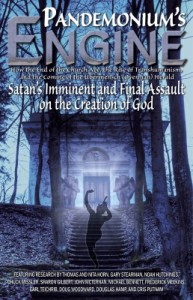 Get a signed copy of Pandemonium’s Engine here for $10.00
Get a signed copy of Pandemonium’s Engine here for $10.00
[1] Johnson, “Revelation”, 551.
[1a] Thomas Horn, Apollyon Rising 2012: The Lost Symbol Found and the Final Mystery of the Great Seal Revealed (Crane, MS: Defender, 2009), 140.
[2] Kline, “Har Magedon,” 208.
[3] Michael S. Heiser, “The Mythological Provenance of Is. XVIV 12-15: A Reconsideration of the Ugaritic Material.” Vestus Testamentum LI,3,( 2001): 356-357.
[4] Heiser, “The Mythological,” 356-357.
[5] Kaufmann Kohler, “Lucifer,” http://www.jewishencyclopedia.com/view.jsp?artid=612&letter=L (accessed March 5 20011).
[6] C.S. Lewis, Mere Christianity (NY: Harper Collins. 2001), 122.
[7]G. J. Riley. “Devil.” in Dictionary of Deities and Demons in the Bible. 2nd extensively rev. ed. K. van der Toorn, Bob Becking and Pieter Willem van der Horst (Leiden; Boston; Grand Rapids, Mich.: Brill; Eerdmans, 1999), 246.
[8] Geza Vermes, The Dead Sea Scrolls in English, Revised and extended 4th ed. (Sheffield: Sheffield Academic Press, 1995), 139.
[9] Tertullian, Contra Marcionem, 11, 17.
[10]M. Eugene Boring, Revelation, Interpretation, a Bible commentary for teaching and preaching (Louisville: John Knox Press, 1989), 177.
[11] L. J. Lietaert Peerbolte, “Antichrist” in Dictionary of Deities and Demons in the Bible , 62.
[12] Peter Goodgame, The Giza Discovery: Pete’s Commentary on Isaiah 9-14, http://www.redmoonrising.com/Giza/isaiahasshur.htm (accessed 08/31/2011).
[13] Thomas Horn, Apollyon Rising 2012: The Lost Symbol Found and the Final Mystery of the Great Seal Revealed (Crane, MS: Defender, 2009), 142.
